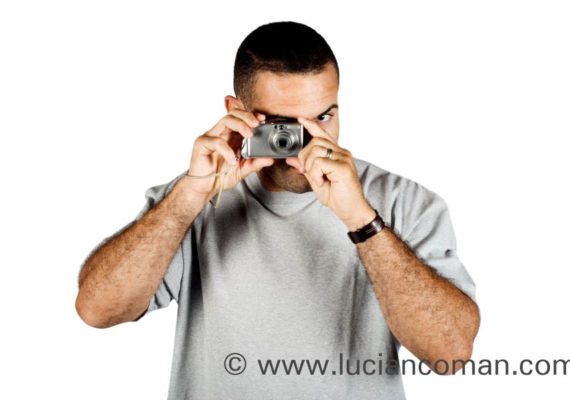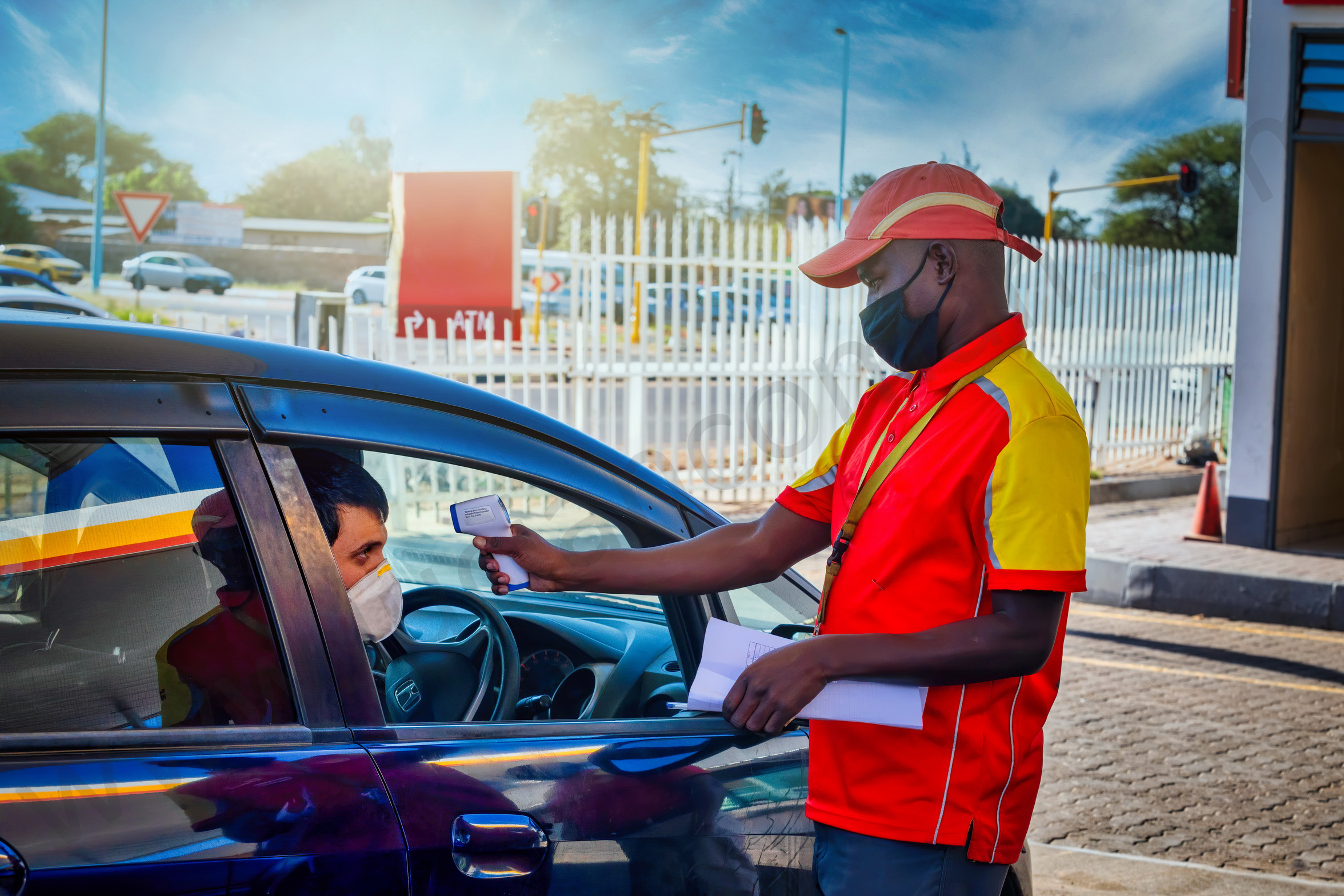How to take good photos with your phone
Are you using social media for business advertising ?
Follow these tips and tricks to take better photos with your phone.
People are uploading billions of photos to the internet daily, particularly social networks like Instagram, Facebook, and Snapchat. Photography is the language of social media, and the smartphone is its tool.
If you are using social media for business purposes, you need to know a few basic tips and tricks for better results.
1. Keep the lens clean
A dirty lens will often result in pictures that seem cloudy, as the oils and dirt can diffuse and diffract light entering the lens. If you have a microfiber cloth what you clean usually your glasses use it.
2. Try using the rule of thirds
The idea behind the rule is that photos are more interesting when their subjects align with imaginary lines that divide the photograph in thirds, both horizontally and vertically. Photographing subjects slightly off-center often creates a more “balanced” image, and gives a greater sense of space and motion.
3. Pay attention to lighting
A general rule to follow is to make sure that the primary source of light, be it the sun or a lightbulb, is behind you, shining on the subject of the photo. Try viewing the subject from different angles as well; the light hitting the side of a person’s face can result in a very different portrait than if the lighting is hitting the front of their face.
4. Set your camera’s focus.
Today’s phone cameras automatically focus on the foreground of your frame, but not every picture you take on your phone has an obvious subject. To adjust where you want your camera lens to focus, open your camera app and tap the screen where you want to sharpen the view.
5. Find different perspectives.
Taking photos from a unique, unexpected angle can make them more memorable — it tends to create an illusion of depth or height with the subjects. It also makes the image stand out, since most mobile photos are taken either straight -on or from a bird’s eye view.
6. Focus on one subject.
Many of the best photos include just one, interesting subject. So when taking a picture of one, spend some extra time setting up the shot.
7. Embrace negative space.
“Negative space” simply refers to the areas around and between the subjects of an image –and it can take a photo from “good” to “great.”
When you include a lot of empty space in a photo, your subject will stand out more and evoke a stronger reaction from your viewer.
8. Avoid using flash
While flash is ostensibly good for taking photos in low-light environments, in general, it tends to make smartphone photos worse than if you were to go without it. When taking pictures, the flash can produce unwanted artifacts, such as glowing eyes or overly-lit skin — even on the best smartphone. Of course, there are situations where flash is necessary or even useful (try using it under bright sunlight, as a way to illuminate a subject), but for the most part, try to use natural light as often as possible.
Use natural light.
It’s hard to find a great smartphone photo that was taken with a flash. Most of the time, they make a photo look overexposed, negatively altering colors and making human subjects look washed out.
9. Never use digital zoom
Another thing that should be avoided at all cost is the digital zoom function on your camera. This is because the zoom function on most phones doesn’t work in the same way a normal camera would. When you use a camera with optical zoom, the lens adjusts its inner optical elements, enabling it to increase or decrease its focal length. The digital zoom on a smartphone doesn’t do this. Instead, it merely zooms into the photo by effectively cropping in, making subjects appear closer, but with a loss in fidelity.
10. Experiment with different editing apps, and saving the photos
One of the more snide reactions during the early days of Instagram has been to lament how people simply throw random filters on to photos, giving the pretense of art without any sort of deeper intent. While it’s true that Instagram and other image-editing apps have given the average smartphone photographer tools that they might not know how to use correctly, that should not reflect poorly on the tools themselves.
Remember that photography is an art, and like any art, knowing the rules is important, as is breaking them. Use the aforementioned tips to improve your photos, but do not be afraid to experiment.
11. Set your camera app’s exposure manually.
Another mobile camera feature you’ll want to set manually is your exposure. Tapping your screen when your phone’s camera is on doesn’t just refocus the lens on a new subject — it also automatically adjusts how much light the camera lets in. This, too, won’t always look just right. It’s best to adjust it by hand.
To change your mobile camera’s exposure by hand, open your camera app and tap the screen. When you see the lens refocus, you’ll see a very small sun icon and a vertical scale. Slowly swipe your finger up and down this scale to adjust the light level.
12. Take candids.
Posed photos can be great for the sake of memories — happy moments with friends, family, or the occasional run-in with a celebrity. But sometimes, candid shots of people doing things, or people with people, can be far more interesting.
That’s because candid photos are better able to effectively capture the emotion and essence of a moment.
13. Don’t be afraid to edit.
Composing and taking your smartphone photo is just the first step to making it visually compelling. Editing your photos is the next step — and a very critical one, at that. Filters can be a valuable photographic tool, particularly when it comes to using that photos for business.
poco_bw




 Read more!
Read more!